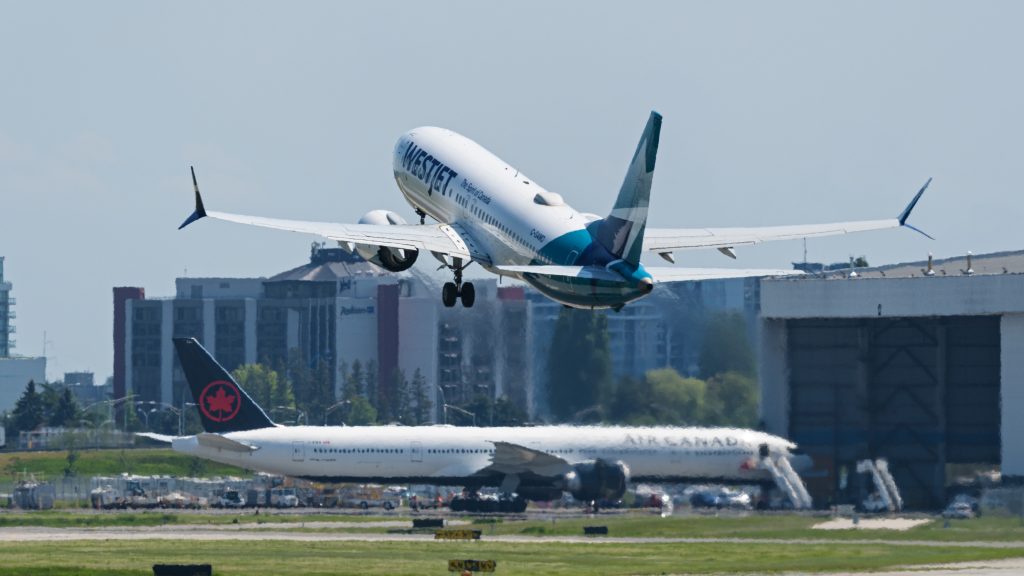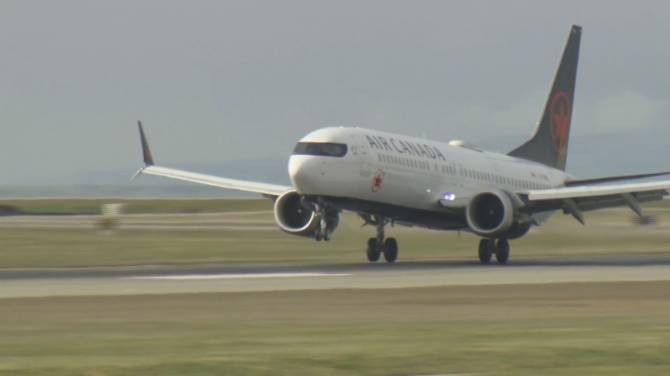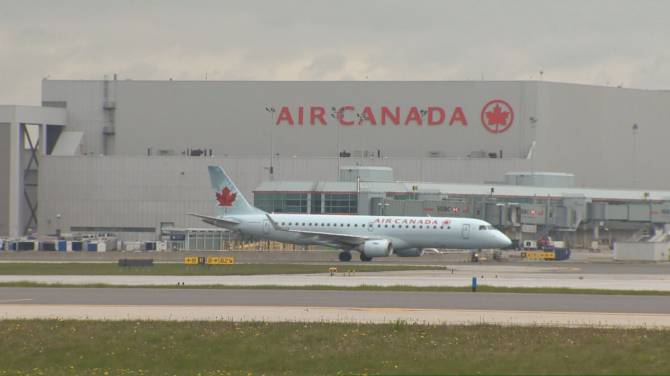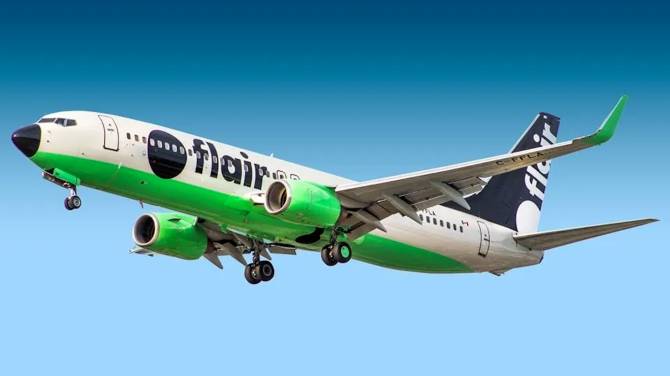After considering new competitors for many years, Canada's aviation industry is once again moving towards consolidation, which could result in higher ticket prices and fewer options for flights.
The new low-cost airlines Swoop and Lynx Air have disappeared from the skies since May. WestJet has acquired Sunwing Airlines.
Last year, WestJet and Sunwing accounted for 37 per cent of seats on direct flights to sunny destinations and 72 per cent from Western Canada. An October report from the Competition Bureau stated that the removal of competition between WestJet and Sunwing would likely reduce competition in the sale of vacation packages.
John Gradek, a lecturer at McGill University’s aviation management program, mentioned, “We’ve lost 40 per cent of the players in the space of the last 12 months.”
The question now is, have we finished?
The decrease in the number of airlines could lead to reduced service and higher prices, especially in the West and smaller markets across the country.
Gradek commented, “The fewer competitive entities you have in Canada, the less pressure you have to be price-competitive.”
Air Canada and WestJet have strengthened their control over the domestic market in the past year, while rival Porter Airlines is expanding rapidly in an effort to become the country’s third major airline.
This month, Canada’s two largest carriers controlled 79 per cent of domestic traffic, compared to 74 per cent a year earlier, as per statistics from aviation data firm Cirium.
The reduced number of operators coincides with a nearly seven per cent decrease in domestic flight volume from March 2023 to this month, although this may be partly due to a renewed focus on international trips.
Although major cities continue to have sufficient service, smaller ones have fewer options, which can lead to higher prices and stranded passengers when issues arise.
The Edmonton-Winnipeg route experienced an 82 per cent drop in flight numbers, from 242 in December 2019 to 44 in December, after Air Canada and Swoop stopped serving it. Currently, only WestJet serves this route, making less than half the number of trips per month compared to four years ago, according to Cirium.
Between Calgary and Saskatoon, flight numbers decreased by over 50 per cent, from 702 in December 2019 to 349 in December, as only WestJet operates non-stop flights between Alberta and Saskatchewan's major cities. Air Canada withdrew from this route over a year ago to focus on areas further east. During the same period, the average ticket price for this route rose by 27 per cent, according to Cirium data.
Interestingly, the COVID-19 pandemic that significantly impacted the travel industry initially allowed new competitors to enter the market. Now that business is recovering, ownership is becoming more concentrated.
Barry Prentice, director of the University of Manitoba’s transport institute, stated, “In recessionary periods, there’s a lot of airplanes suddenly on the market at a low cost.”
A surplus of readily available jetliners for lease, combined with the 20-month grounding of the Boeing 737 Max 8 due to two fatal crashes, made these aircraft particularly inexpensive. “So that’s what Flair picked up, and Lynx and others,” Prentice mentioned.
“Individuals are allowed to enter — that's what free enterprise is about. And they're free to go bankrupt.”
Lynx, based in Calgary, closed last month after seeking protection from creditors, becoming at least the eighth low-cost airline to start and then fail since 2000, alongside Roots Air, CanJet and Swoop.
Last autumn, WestJet, based in Calgary, merged its Swoop subsidiary into its main business. It also plans to end Sunwing and merge the discount carrier into its mainline business by October after acquiring the Toronto-based company last May.
High fees for airport rent, security, and fuel increase the basic cost of flying, making it more difficult for low-cost airlines to attract budget-conscious Canadians — and thus to survive and foster a wider base of competition.
For a one-way Flair flight without extras booked this week from Toronto to Fort Lauderdale, Florida, in April, Pearson's “airport improvement fee” totals $35, or roughly one-third of the $107 ticket (most U.S. airports charge US$4.50). A security charge adds another $12. For a family of four, this adds nearly $200 to the trip.
“This makes a distinction between traveling and not traveling,” remarked Flair CEO Stephen Jones. “It's a significant matter.”
He also stated that the long-term dominance of the market by Air Canada and WestJet could suppress competition.
“The major carriers have no interest in the success of low-cost carriers, and they will use the methods at their disposal to try to bring carriers like Lynx to an end,” Jones stated.
In late 2018, the Competition Bureau launched an inquiry into alleged predatory pricing tactics used by WestJet and Swoop on certain routes operated by Flair, which had launched the prior year.
The regulator concluded its investigation nearly five years later without further action. This decision came despite then interim competition commissioner Matthew Boswell accusing WestJet and Swoop in 2018 of engaging in predatory pricing by significantly reducing the prices of their passenger tickets to a level that seems to be below their avoidable costs.
“I am unable to comment on any findings,” said spokesman Jayme Albert in an email Wednesday, noting that federal law requires the agency to work confidentially.
“That said, we take action whenever we find evidence of conduct that is prohibited by the Competition Act,” added spokeswoman Georgia Simone Fakiolas.
Lynx, which initiated its first flight in April 2022 and ceased operations on Feb. 26, stated in court documents that escalating costs, airport charges, and “a competitive aviation landscape have proved disastrous.”






